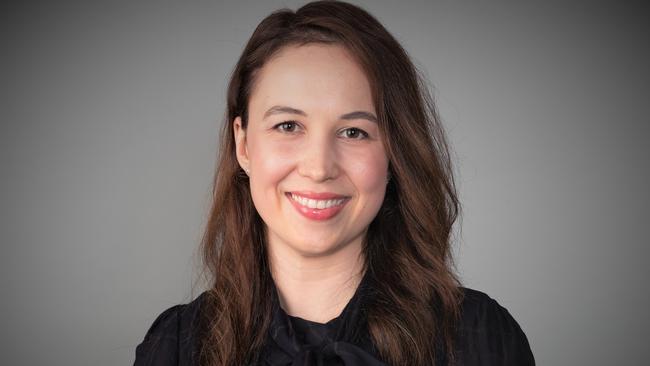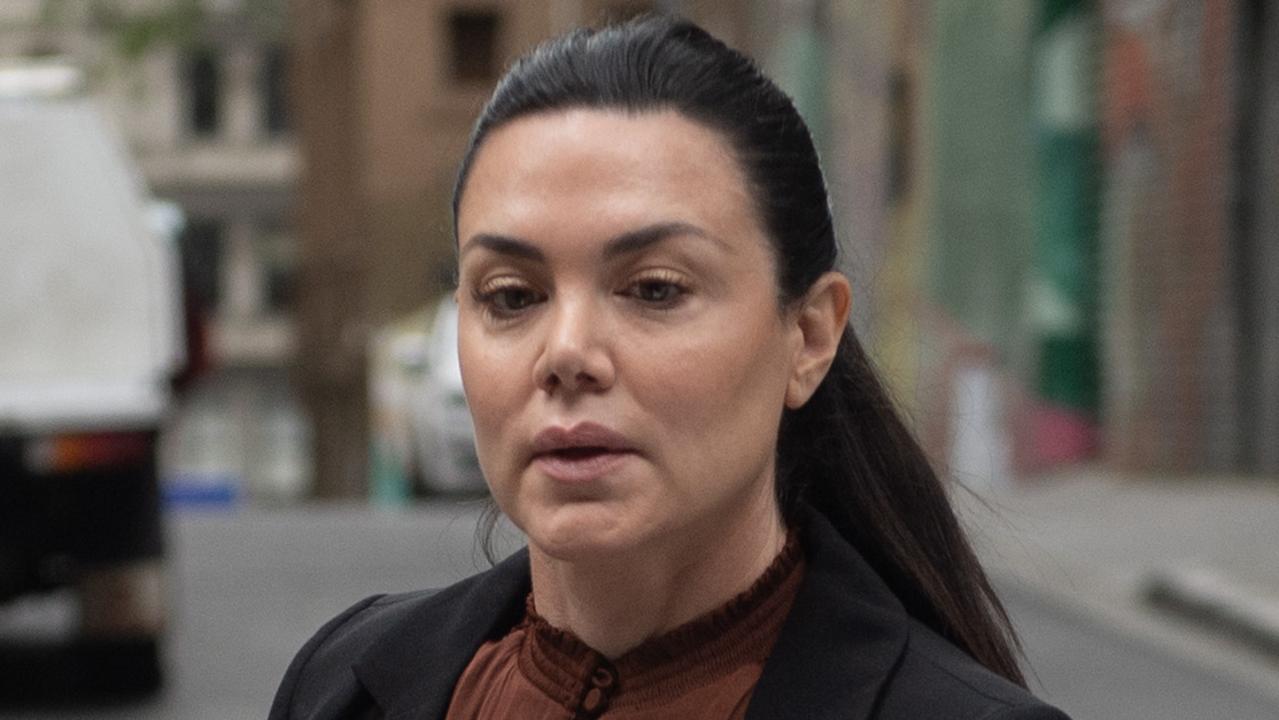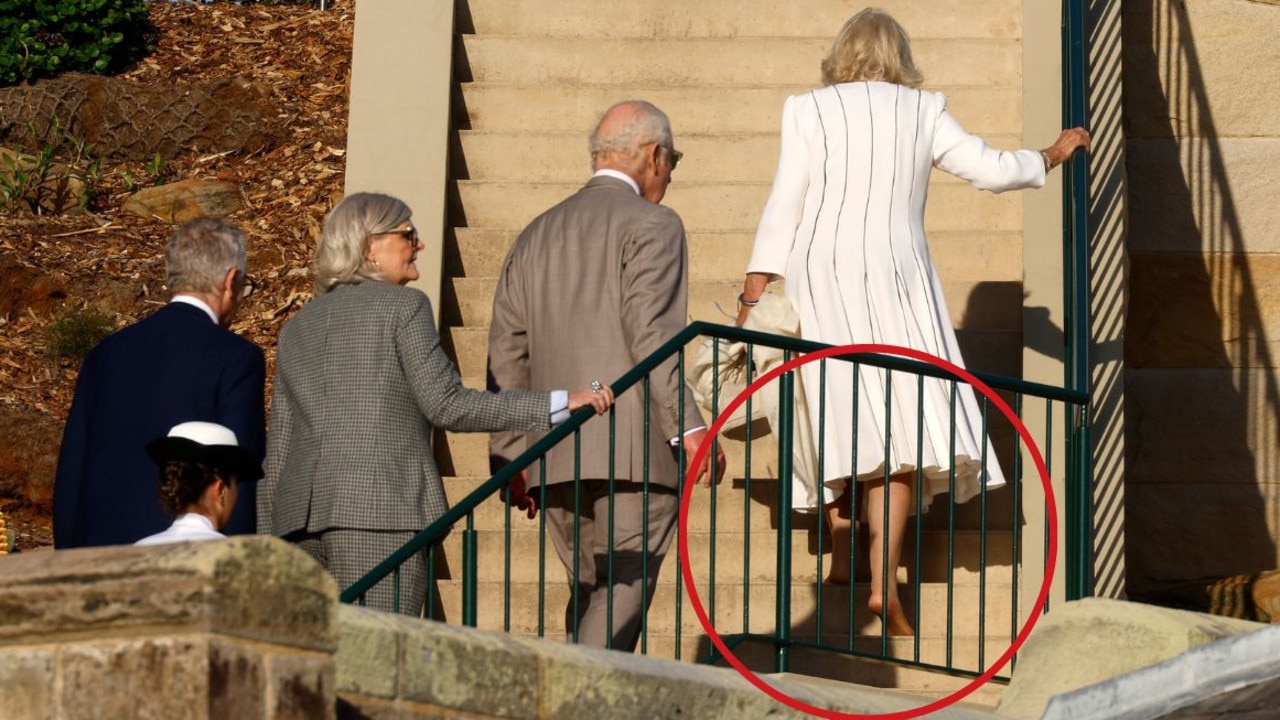Interest rates: RBA hikes rates by 0.5 per cent in fifth-straight rise
Interest rates have been upped for the fifth-straight month, as key cash rate hits 2.35 per cent and adds another $142 a month to variable-rate repayments on a $500,000 loan.

National
Don't miss out on the headlines from National. Followed categories will be added to My News.
The Reserve Bank of Australia has raised the nation’s benchmark interest rate by another 0.5 of a percentage point.
The fifth increase since May elevates the RBA cash rate to 2.35 per cent versus 0.1 per cent in April. The cash rate hasn’t started with a 2 for seven years.
If passed on by lenders, the latest jump will see monthly variable-rate repayments of a $500,000 loan lift by $142. For $1 million of borrowings, the impact is double that.
The combined effect of the unprecedented string of recent rate rises this year has added $608 a month to instalments on a $500,000 loan and $1215 on $1m.
In a statement explaining the RBA board’s decision, Governor Philip Lowe signalled more rate rises this year.
“The board expects to increase interest rates further over the months ahead,” Mr Lowe said.
The RBA is jacking up rates quickly in an attempt to slow inflation, which is running at the fastest pace since 1990 – excluding the one-off impact when the GST came into place in 2000.
As measured by the Australian Bureau of Statistics’ Consumer Price Index, inflation was up by 6.1 per cent in the year to the end of June.
But the RBA and federal Treasury expect the CPI to hit 7.75 per cent by Christmas.

The RBA wants to lower inflation to 3 per cent, which it believes can be achieved by 2024.
The current price surge has been mainly driven by supply shortages.
Leading causes of those shortages include the war in Ukraine, Covid lockdowns in China and floods in eastern Australia.
However, strengthening demand is also a growing factor in the inflation surge.
Mr Lowe said on Tuesday that the further increase in interest rates “will help bring inflation back to target and create a more sustainable balance of demand and supply in the Australian economy. Price stability is a prerequisite for a strong economy and a sustained period of full employment.”
Federal Treasurer Jim Chalmers said the latest increase “will tighten the screws on family budgets.
“This will put more pressure on a lot of Australians who are already stretched enough,” Mr Chalmers told Parliament.
Opposition Treasury spokesman Angus Taylor said “the Albanese Government must make cost of living its top priority and respond to these challenges by developing a comprehensive plan to avoid making a bad situation worse.”

Meanwhile, home hunters’ borrowing power is falling faster than property prices.
Analysis by The Daily Telegraph reveals that once the September rate increase is passed through, lenders’ serviceability testing will produce an upper loan limit that is 18 per cent smaller than before RBA Governor Philip Lowe launched his crusade against inflation.
This is because lenders would be taking the typical variable rate, which will be 4.75 per cent after a September increase, and adding a 3 percentage point buffer — as the prudential regulator requires — bringing the test rate to 7.75 per cent.
When rates were super-low, lenders were testing new borrowers at a “floor rate” of 5.5 per cent, said Home Loan Experts CEO Alan Hemmings.
For a couple who could afford to repay $5000 a month, the maximum loan size at 5.5 per cent was $813,000.
But at 7.75 per cent it is just $660,000.
That drop of 18 per cent is constant whether the borrowers can afford to repay $3000 or $7000 monthly.
By comparison, Sydney property prices are down by 7.4 per cent from their peak in January, according to CoreLogic. Melbourne has fallen 4.6 per cent, Brisbane 2.6 per cent, Adelaide 0.1 per cent, Hobart 3.3 per cent, Darwin 10.1 per cent, Perth 0.2 per cent and the national regional market by 2.2 per cent.
All these drops are from peaks reached earlier this year, except for Darwin. Its high was in 2014.
Because borrowing power is declining more quickly than real estate values, it is becoming more difficult for most first-time buyers to purchase, Home Loan Experts’ Mr Hemmings said.
“They see prices falling and think maybe they can get into the market – without understanding the borrowing capacity implications,” he said.
‘FLYING BLIND’
AMP senior economist Diana Mousina suggested the RBA was flying blind.
“Because the RBA is being so aggressive, it’s not giving itself enough time to assess the impact of rate rises on the economy,” she said.
Investment markets have priced in a cash rate of 3.5 per cent by March.
But Ms Mousina doubted the RBA would go that high.
“We don’t believe that the economy can sustain a cash rate much above three per cent because of the negative impact on households,” she said.
“Their debts would rise to an unsustainable level.
“It would create a massive downturn in the economy and a recessionary-like environment.”
Prime Minister Anthony Albanese said the RBA had to bear in mind “the impact on people of decisions that are made.”
More Coverage
Originally published as Interest rates: RBA hikes rates by 0.5 per cent in fifth-straight rise





